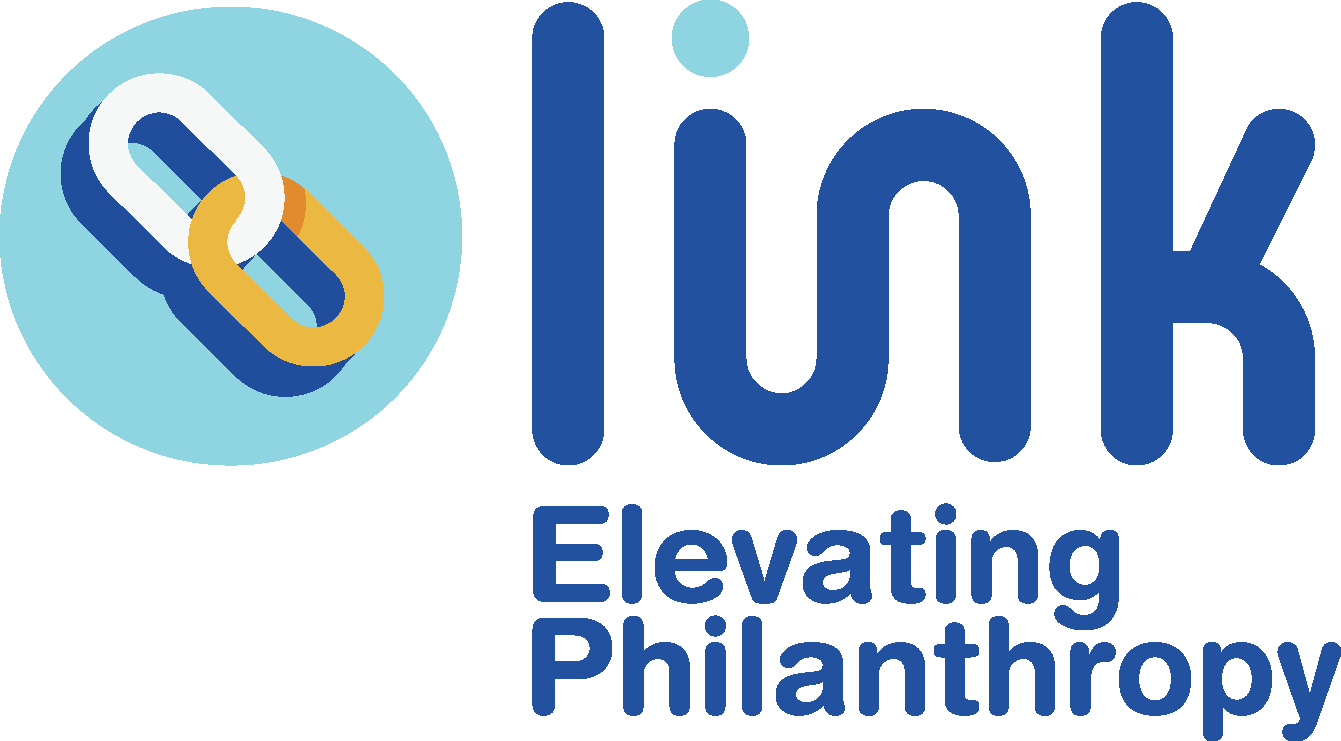Collaboration for Growth
Why Collaborating on Durable Legacy Giving Programs Strengthens Nonprofits
Legacy giving programs are the cornerstone of sustainable philanthropy, empowering nonprofits to secure long-term financial stability while deepening their relationships with donors. When nonprofits work collaboratively to establish or enhance these programs, they not only amplify their impact but also create lasting change for the communities they serve. Partnering with others in this space, guided by a shared commitment to best practices, is an opportunity to learn, innovate, and ensure legacy giving remains a vibrant resource for years to come.
The Importance of a Durable Legacy Giving Program
Ensures Organizational Sustainability: Legacy gifts provide nonprofits with a predictable and steady source of funding, enabling them to plan confidently for the future. These gifts bolster endowments and other long-term financial reserves, reducing dependency on annual fundraising.
Deepens Donor Relationships: Engaging donors in legacy giving fosters meaningful, enduring connections. These discussions often center on shared values and long-term visions, creating a stronger bond between the donor and the organization.
Maximizes Collective Expertise: Collaborating with other nonprofits allows organizations to share resources, insights, and strategies. This collective approach ensures that smaller organizations can benefit from the expertise of larger ones, enhancing the overall quality and reach of legacy giving initiatives.
Expert Insights
Leaders in planned giving agree on the power of collaboration. An article by MarketSmart, a leading expert in planned giving marketing, highlights the importance of nonprofits working together to create scalable, donor-centric legacy programs. Their analysis underscores how partnerships can reduce costs, streamline donor outreach, and create a unified message that resonates across sectors.
Three Key Takeaways for Nonprofits
Start with Shared Values: Identify organizations with complementary missions and a shared commitment to creating sustainable giving programs. Aligning core values ensures that collaboration is effective and mutually beneficial.
Invest in Education: Equip your team and donors with the tools and knowledge needed to understand the transformative power of legacy giving. Partnering on workshops or donor outreach events can amplify this effort.
Prioritize Long-Term Impact: Focus on building programs that are scalable and adaptable. Collaborative efforts should aim to create systems that serve not only immediate needs but also the evolving landscape of philanthropy.
The Future of Legacy Giving
As the philanthropic landscape evolves, nonprofits must adapt by embracing collaboration and innovation. Establishing durable legacy giving programs—with the insights of experts and the support of peer organizations—ensures that nonprofits can continue to thrive and serve their missions for generations to come. By working together, nonprofits not only strengthen their individual efforts but also foster a culture of giving that benefits the entire sector.
Let’s create a future where legacy giving is not just an option but a cornerstone of nonprofit sustainability.

